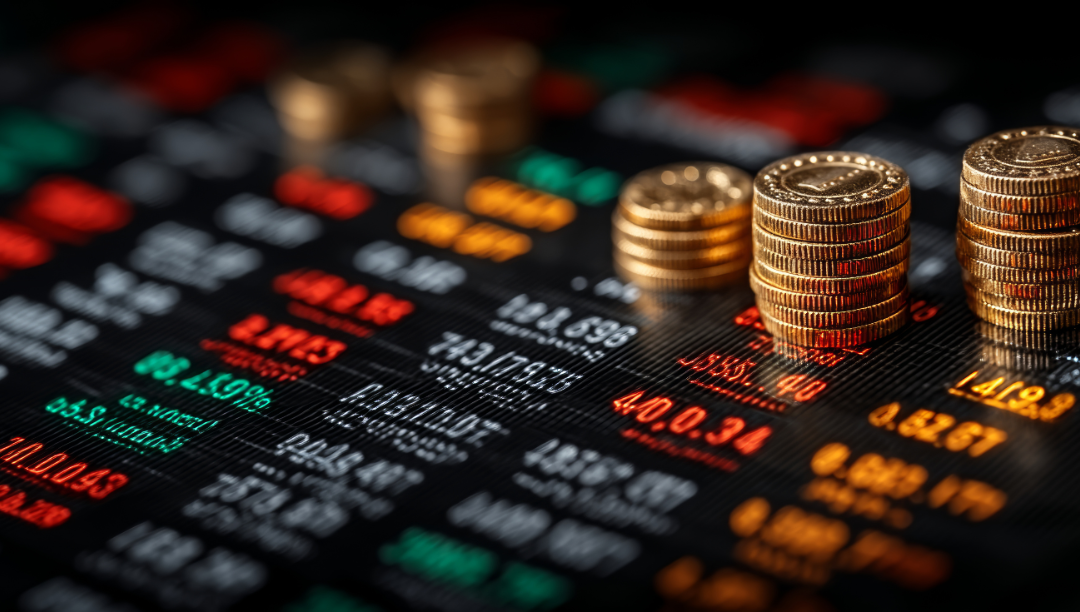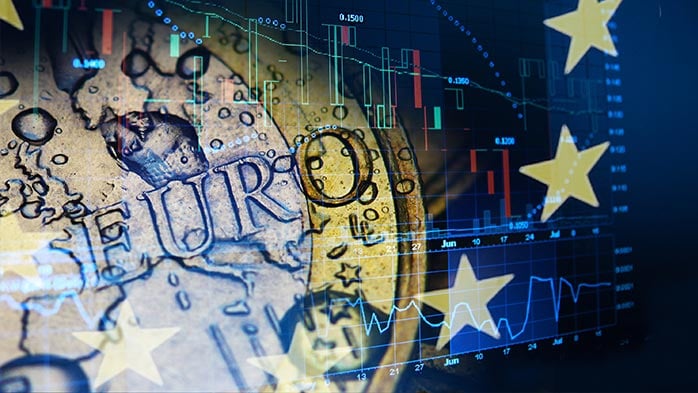In December we conducted an annual survey of our clients, asking their views on a range of questions facing the world economy in 2022.
In this Insight we explore the key messages from the survey – covering global growth, key risks, macro themes, and trajectory of the recovery out of the pandemic.
106 clients responded to the survey in December 2020 with 38% being based in Americas, 48% in Europe and Africa and 14% in Asia. 39% worked in the metals industry, 13% in mining, 13% in fertilizers, 8% in in end-use sectors, and 8% in financial and trading industries, with the remaining 19% in other sectors (energy, utilities or government).
Majority of clients expect slower growth in 2022
CRU forecasts that the global economy will grow by 4.5% in 2022. Our clients are more pessimistic. 38% of our clients expect that the world economy will expand 3-4% this year, with only 28% expecting growth of over 4% (Figure 1). Clients in Europe and Africa are the most pessimistic about global growth, while clients based in Asia are (as last year) the most optimistic. 54% of clients based in Asia expect growth of over 4%, with 27% expecting growth of over 5%.
Upside and downside risks
Forecasting growth is always subject to unexpected developments which can affect economies either positively or negatively. Our clients were asked to name their top three upside and downside risks. The top three downside risks they named are: supply chain issues (22% of votes), further Covid-19 restrictions (20%) and inflation (19%) – see Figure 2. Energy prices are fourth with 13%. These risks are closely related. Supply chain constraints appear to have started easing at the end of 2021. For example, the ISM manufacturing index saw a 2.4-point monthly decline to 58.7 in December mainly due to falling prices paid and shorter delivery times. However, the spread of the Omicron variant and an emergence of new variants may delay full recovery of supply chains. We also see these factors as key downside risks to our forecast, in addition to a sharp slowdown in the Chinese construction sector (which only 8% of clients list as a key risk, although most expect some slowdown in activity – see Figure 2).
Upside risks mainly come from hope that each of these potential challenges will prove to be less persistent than we might fear, such as sufficiently fast rollout of vaccines and treatments that will prevent further spread of Covid-19 (15%). The need for re-stocking is also cited (14%), as is public investment spending, in advanced economies (14%) and China (9%).
Inflation might once again be a show-stealer in 2022
Supply chain disruptions held back growth in 2021, and as demand continued to outpace supply, inflation hit multi-decade highs in the US and Europe. With consumer demand turbo-charged by fiscal stimulus and a tightening labour market, inflation rose particularly sharply in the US – rising to 7% in December, driven by durable goods, energy prices and rent.
We expect US headline CPI inflation to drop below a 2.5% year-on-year rate during 2022 H2. Our clients appear to be more hawkish. Most of them do not expect inflation to fall below this level before 2023 (Figure 3). Clients based in Asia expect high US inflation to be most persistent, with 40% expecting the rate to remain above 2.5% at least until the end of 2023. For now, we maintain our view that the easing of supply-chain problems together with favourable base effects will allow inflation to fall quickly in 2022, in both the US and Europe. However, further supply disruptions, rises in energy prices or accelerating wages could all keep inflation high.
The chip shortage will ease through this year
At the end of 2020, we expected 2021 to see a strong rebound in auto production as demand seemed to be returning rapidly. However, this recovery was badly hamstrung by a shortage of semi-conductors. Strong demand for other products requiring microchips – such as consumer electronics – coupled with supply disruptions at various points in the in the semi-conductor supply chain, combined to starve the automotive sector of these crucial components.
Our clients broadly agree with our assumption that the chip shortage will ease this year, with H2 seeing a return to broadly ‘normal’ supply conditions (Figure 4). Clients in Asia and in the Americas are on the more optimistic side, with a significant minority (35-40%) expecting a return to normality in the second quarter of this year.
The Chinese real estate market is expected to slow
The second half of 2021 saw the real estate and construction sectors slow down sharply in China. Pressure on developers to deleverage – in particular from the government’s Three Red Lines policies – led to severe financial problems at Evergrande and other development companies. Reflecting this, 65% of respondents expect Chinese property starts to be lower in 2022 than in 2021 (Figure 5). Clients based in Asia were slightly more optimistic, but 60% still expected a lower level of starts.
Although we share the view that Chinese real estate starts will be lower in 2022, we still expect positive growth in value added terms for the construction sector as a whole. It will take time for lower starts to feed into the pipeline of construction products, and policy makers will want to ensure existing projects by failing developers are completed. Furthermore, the construction sector encompasses more than residential real estate. We expect infrastructure spending to pick up in 2022 as the government seeks to cushion the slowing economy, and this will support the construction sector.
Mixed views on credibility of decarbonisation targets
COP26 this year saw a raft of commitments on decarbonisation by political leaders across the world. Clients are evenly split on whether these commitments are credible. Slightly more respondents believed they were not credible than those who believed they were credible (32% against 26%), with a significant proportion (40%) viewing commitments as being partially credible (Figure 6). Clients based in the Americas were most sceptical about climate change commitments.
This is a similar pattern of responses to last year, suggesting that despite the commitments made at COP26, leaders still have much to do to convince the private sector beyond doubt that the world economy is heading towards a net zero future.
Recovery expected to continue, but risks remain
In addition to the key themes of 2022 covered above we asked our clients’ opinion about a number of other issues. Below we summarised some interesting points that stood out from our survey:
- A narrow majority (56%) of clients expect the dollar to appreciate against the euro, in contrast to our expectation that it will depreciate.
- 43% of our clients expect the average level of the Brent oil price to be in $70-79/bbl range with a strong consensus across three regions.
- Over half (56%) of our clients expect no direct consequences from China missing the targets in the Phase 1 trade agreement with the US. 24% expect it to be replaced with a new agreement, and 20% are expecting new tariffs as a result.
Overall, our clients share our view that the economic recovery will continue in 2022. But there are clearly concerns that the pandemic will bring further disruption, and that the teething problems this recovery has so far suffered from – such as supply chain disruption and high inflation – could last longer than anticipated.

















